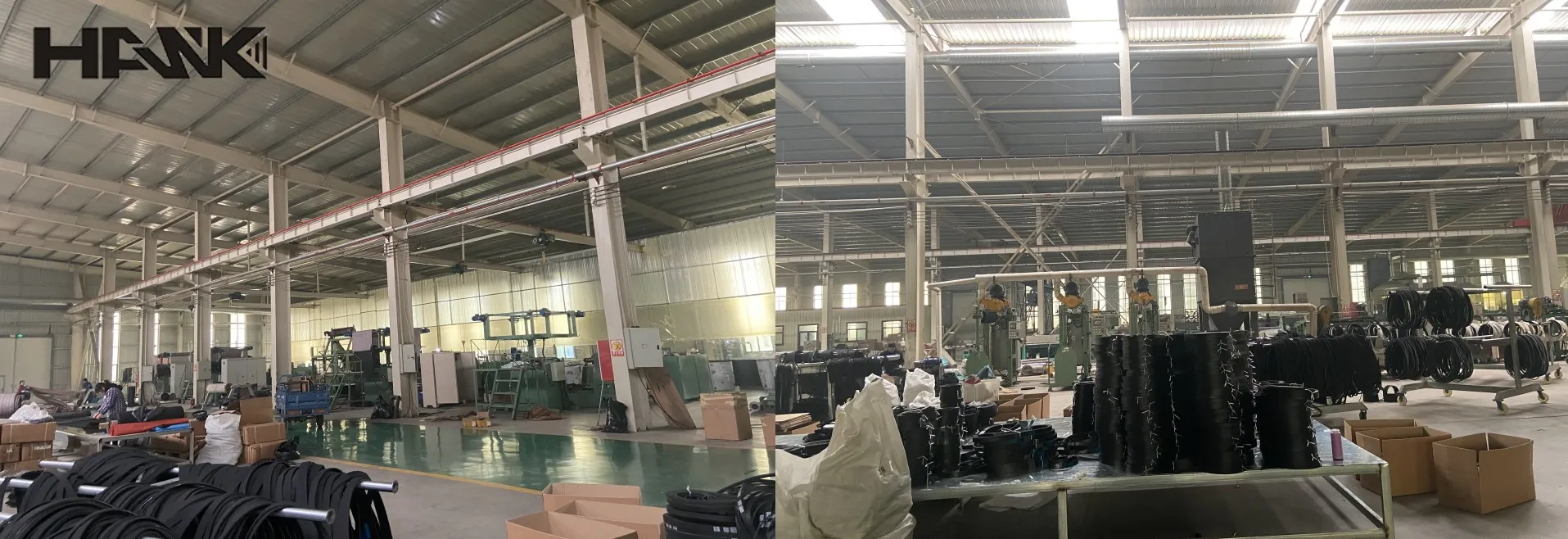- Arabic
- French
- Russian
- Spanish
- Portuguese
- Turkish
- Armenian
- English
- Albanian
- Amharic
- Azerbaijani
- Basque
- Belarusian
- Bengali
- Bosnian
- Bulgarian
- Catalan
- Cebuano
- Corsican
- Croatian
- Czech
- Danish
- Dutch
- Afrikaans
- Esperanto
- Estonian
- Finnish
- Frisian
- Galician
- Georgian
- German
- Greek
- Gujarati
- Haitian Creole
- hausa
- hawaiian
- Hebrew
- Hindi
- Miao
- Hungarian
- Icelandic
- igbo
- Indonesian
- irish
- Italian
- Japanese
- Javanese
- Kannada
- kazakh
- Khmer
- Rwandese
- Korean
- Kurdish
- Kyrgyz
- Lao
- Latin
- Latvian
- Lithuanian
- Luxembourgish
- Macedonian
- Malgashi
- Malay
- Malayalam
- Maltese
- Maori
- Marathi
- Mongolian
- Myanmar
- Nepali
- Norwegian
- Norwegian
- Occitan
- Pashto
- Persian
- Polish
- Punjabi
- Romanian
- Samoan
- Scottish Gaelic
- Serbian
- Sesotho
- Shona
- Sindhi
- Sinhala
- Slovak
- Slovenian
- Somali
- Sundanese
- Swahili
- Swedish
- Tagalog
- Tajik
- Tamil
- Tatar
- Telugu
- Thai
- Turkmen
- Ukrainian
- Urdu
- Uighur
- Uzbek
- Vietnamese
- Welsh
- Bantu
- Yiddish
- Yoruba
- Zulu
Aug . 18, 2024 10:38 Back to list
Choosing the Right V-Belt for Your Washing Machine Repair Needs
Understanding V-Belts for Washing Machines
Washing machines are an essential appliance in modern households, providing convenience and efficiency in the laundry process. Among the various components that ensure these machines operate smoothly, the V-belt plays a crucial role. This article delves into the importance, types, and maintenance of V-belts in washing machines, as well as tips for choosing the right one.
What is a V-Belt?
A V-belt is a type of belt commonly used in machinery to transmit power from one shaft to another. Constructed from flexible material, V-belts have a trapezoidal cross-section that allows them to grip the pulleys securely. They are designed to handle high tensile strength and provide a reliable means of transferring rotational energy, making them ideal for appliances like washing machines.
Importance of V-Belts in Washing Machines
In a washing machine, the V-belt connects the motor to the drum, facilitating the rotation necessary for the machine's wash cycle. When the motor operates, the V-belt drives the drum, allowing it to agitate and spin. A well-functioning V-belt ensures that the washing machine runs efficiently, minimizing energy consumption and water usage while maximizing cleaning performance.
If the V-belt is worn, cracked, or stretched, it may slip or break, leading to various issues including
1. Inefficient Washing A damaged V-belt may not turn the drum effectively, resulting in poorly cleaned clothes. 2. Increased Energy Consumption When the belt struggles to turn the drum, it forces the motor to work harder, using more electricity than necessary. 3. Unusual Noises A failing V-belt can produce grinding or squealing sounds as it struggles against the pulleys.
Types of V-Belts
There are several types of V-belts used in washing machines, each designed for specific applications
1. Classic V-Belts The traditional option, suitable for general use but may not perform well under high-stress conditions.
v belt for washing machine

3. Cogged V-Belts With notches along the inner surface, cogged V-belts provide more grip and reduce slippage, making them suitable for high-speed applications.
4. Poly V-Belts These belts have multiple ribs and are used for advanced washing machines that require high efficiency and quiet operation.
Maintenance of V-Belts
Regular maintenance of the V-belt can extend its lifespan and ensure the washing machine operates smoothly. Here are some tips
1. Inspect Regularly Check the V-belt for signs of wear, such as cracks, fraying, or stretching, especially if you notice any unusual noises coming from the machine.
2. Tension Adjustment Ensure that the belt has the correct tension. A loose belt may slip, while an overly tight belt can lead to premature wear.
3. Clean the Pulley Dirt and debris on the pulleys can affect the V-belt's performance. Wipe down pulleys regularly to maintain optimal grip.
4. Replace When Necessary If the belt shows significant wear or is damaged, replacing it promptly can prevent more serious issues in the washing machine.
Choosing the Right V-Belt
When it comes time to replace a worn V-belt, it's essential to choose the right one for your washing machine model. Always refer to the manufacturer's specifications to ensure compatibility. Considering the type of belt that best suits your machine's needs can also improve performance and longevity.
Conclusion
V-belts are a vital component of washing machines, facilitating efficient operation and reliable performance. Understanding their role, types, maintenance, and the importance of choosing the right V-belt can help homeowners ensure their washing machines run effectively for years to come. With proper care, these belts can significantly enhance the laundry experience, making the chore of washing clothes more convenient and efficient.
-
Reliable Diesel Engine Belts & Tensioners for Optimal Performance
NewsAug.07,2025
-
23100-KVB-901 Drive Belt for Honda VARIO | OEM Performance
NewsAug.06,2025
-
Variable Belt Drive AI Optimized for Efficiency
NewsAug.05,2025
-
High-Quality Tensioner Belt Pulley - Durable & Efficient
NewsAug.03,2025
-
Premium Timing Belt Factory | AI-Optimized Solutions
NewsAug.02,2025
-
Heat Joining Drive Belt | High-Durability Fusion Solution
NewsJul.31,2025

